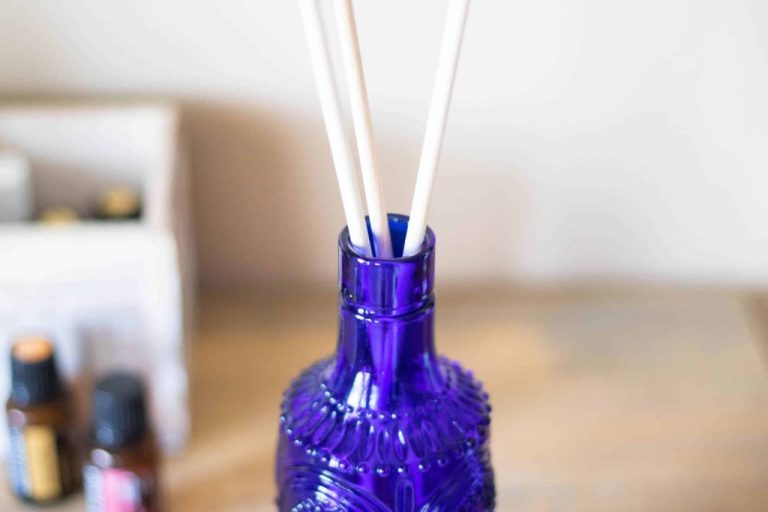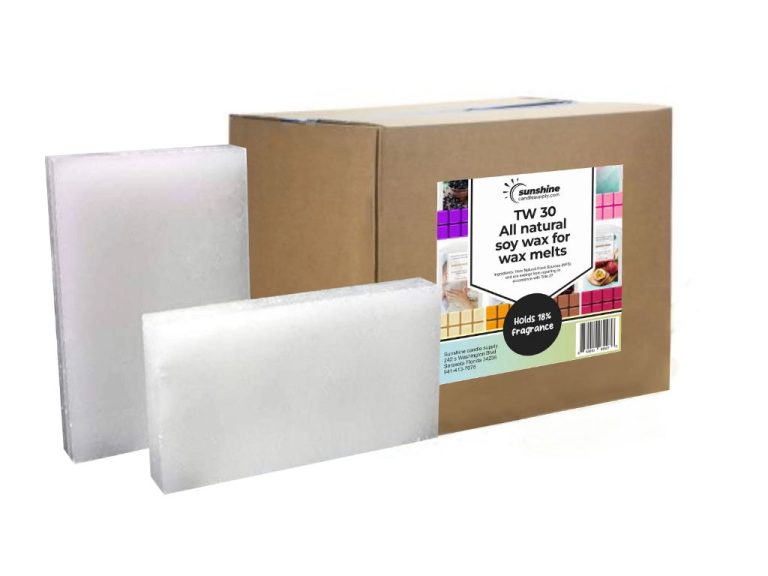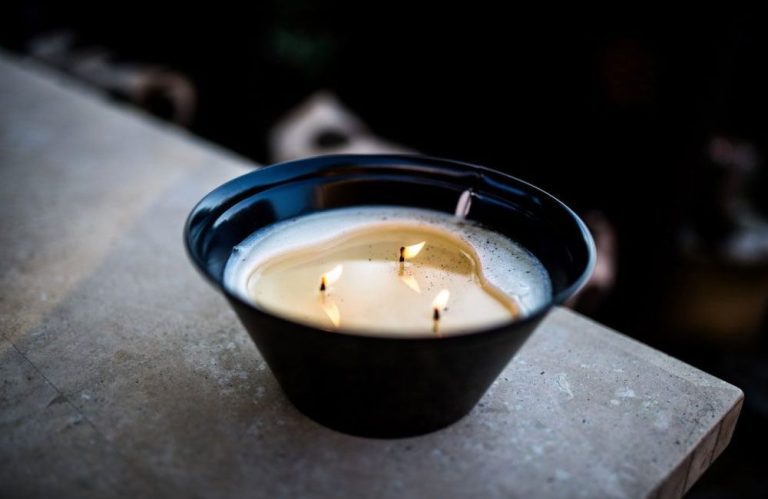Do Candle Melts Lose Their Scent?
What Are Candle Melts?
Candle melts, also known as wax melts, wax tarts, or wax bars, are concentrated scented wax products used in wax warmers to fill a room with fragrance. Unlike regular candles that require a wick and flame to release scent, candle melts work by warming or melting the wax to diffuse oil-based fragrances into the air.
Candle melts are made from soy wax, paraffin wax, or a blend, and come in small shapes or cubes typically ranging from 1-2 ounces. They can be warmed in a wax warmer, wax melt burner, or essential oil diffuser that provides gentle heat to slowly melt the wax and disperse the scent. The wax itself does not burn or produce a flame. When the wax has fully melted and the fragrance has diminished, the melted wax remains in the wax warmer and can be discarded.
Compared to candles, wax melts allow the scent to be released gradually without having to keep a wick lit. They also maximize fragrance potency in a small amount of wax. Candle melts are an easy, mess-free way to make any space smell great.
Do Candle Melts Lose Scent?
Unlike candles, which lose scent as the wax evaporates when burned, candle melts are designed to retain their scent even when not in use. However, there is some debate around whether unused wax melts can lose potency over time.
According to Devon Wick, wax melts will slowly lose their scent the longer they sit unused. The rate at which melts lose scent can depend on factors like fragrance load, wax quality, and storage conditions. With proper storage in an airtight container, melts can retain scent for up to a year.
In contrast, Village Wax Melts states that quality wax melts stored properly can perform just as well after 12 months. The key is keeping melts in a cool, dark place away from heat and light.
On Reddit, some users report wax melts losing potency after 6 months while others say they’ve had success keeping melts over a year. Properly storing melts in poly bags seems to help preservation.
Overall, most sources agree that with the right storage conditions, high quality wax melts can retain scent for an extended period. But there is no consensus on exactly how long.
Fragrance Load
The fragrance load refers to the amount of fragrance oil used in candle wax or melts, typically expressed as a percentage of the wax weight. Most candle makers recommend using 5-6% fragrance load for soy wax melts (1). This means if you have 1 pound of soy wax, you would add 1 ounce or 6% of fragrance oil. The fragrance load impacts both scent strength and longevity. More fragrance oil will make the melt smell stronger initially. However, too much fragrance can cause the scent to burn off more quickly as the melt is heated. A fragrance load between 5-6% balances both scent throw and burn time for soy wax melts (2).
Lower fragrance loads around 3-4% may not be strong enough for melts, while high loads above 8% tend to lose scent rapidly. Testing different fragrance load percentages with your wax and fragrance oils is recommended to find the ideal balance. Properly formulated soy wax melts with a 5-6% fragrance load should retain scent for multiple uses when stored properly.
Proper Storage
Proper storage is key to preserving the scent and quality of candle melts. The main storage tips are:
- Store melts in a cool, dry place away from direct sunlight and heat sources like ovens or heaters. Ideal storage temperature is below 24°C/75°F (1).
- Keep melts in an airtight glass or metal container. Plastic can absorb fragrance over time (2).
- Consider storing in the fridge if your home gets very warm in summer. Allow to return to room temperature before use (3).
- Don’t store melts anywhere damp or humid like bathrooms as moisture damages wax.
- Store away from strongly scented products like essential oils that could overwhelm the fragrance.
- Keep different scented melts separate or they may start to smell similar.
With proper storage, most melts will retain their scent for 6 months or longer before starting to fade. Always check for any “best before” date and aim to use melts within that timeframe.
Heating Method: Burning vs. Warming
The heating method used for candle melts can impact how quickly and strongly they release fragrance. Traditional burning uses an open flame to heat and evaporate wax, while candle warmers use a low-watt light bulb to gently melt wax. Some key differences between burning and warming:
Burning reaches higher temperatures, which causes wax and fragrance oils to evaporate more rapidly. The immediate area around the flame can reach 400°F, while the rest of the melted wax pool is 180-200°F (1). In contrast, most candle warmers only reach a max of 135-150°F (2).
The lower heat of warmers results in a slower, more gradual release of fragrance over several hours. With burning, scent is strongest at first when the wax is freshly melted then starts diminishing. Warmers provide a more consistent scent experience.
Without a flame, warmers don’t destroy fragrance molecules through combustion. This allows the oils to retain their full scent character for longer. However, some very delicate top notes can still evaporate over time.
In summary, while burning offers an instant scent boost, warming delivers long-lasting fragrance and helps preserve oil integrity. Warmers allow candle melts to retain their scent for many more uses before it’s fully depleted.
(1) https://blog.lafco.com/candle-warmer-vs-burning-your-candles/
(2) https://www.candlewarmers.com/advantages-to-warming-a-candle-vs-burning-a-candle/
Melt Quality
Higher quality candle melts generally retain their scent better and longer than cheaper, lower quality options. The ingredients and processes used by the manufacturer play a big role in melt quality and performance.
Premium wax melt brands like Goose Creek and Trapp Fragrances use high concentrations of fragrance oils, quality ingredients like soy wax, eco-friendly practices, and carefully control production to maximize scent throw and longevity. Cheaper melts may use synthetic fragrances, artificial dyes, mineral oils, and other inferior ingredients that can diminish performance.
Opting for a reputable wax melt brand known for excellent scent throw and longevity can help ensure you get quality melts that will retain their fragrance stronger and longer compared to generic or bargain options.
Type of Wax
The type of wax used in a candle can impact how well it retains scent over time. Some waxes are more porous and absorb fragrance oils better than others.
Soy wax is a popular choice for candles as it holds scent very well. The natural soybeans act like little sponges, absorbing and releasing fragrance as the candle burns. Soy candles tend to have excellent hot and cold scent throw. However, soy wax can lose some intensity after the first few burns as the fragrance oils deplete at the top. According to Martha Stewart, soy wax has a fragrance load between 6-11%.
Paraffin wax, made from petroleum, does not absorb fragrance as well as natural waxes. Paraffin has a smooth surface, so fragrance oils sit on top rather than soaking in. The fragrance intensity in paraffin candles decreases more rapidly compared to soy. Paraffin wax has a typical fragrance load of 1-5%, per Shop Archipelago.
Beeswax and coconut wax also absorb scent well. Beeswax has a natural honey aroma that works nicely with floral and fruit scents. Coconut wax holds fragrance strongly and evenly. A blend of waxes can balance the benefits of each type. Testing different waxes with the fragrance blend is the best way to find optimal scent retention.
Fragrance Types
One of the key factors determining how long candle melts retain scent is the type of fragrance used. Fragrances can be divided into two main categories: natural and synthetic.
Natural fragrances like essential oils and extracts from plants, flowers, and fruits provide authentic, pure scents. However, they tend to be more expensive and fade faster than synthetic fragrances. Essential oils especially can evaporate quickly when heated.
Synthetic fragrances are artificially created in a lab to replicate natural scents. They are usually more affordable and last longer in candle wax. However, some find them to smell artificial or overpowering compared to natural oils. Synthetic fragrances also raise health concerns for some consumers.
In general, natural fragrance oils will lose scent faster than synthetic fragrance oils. But natural fragrances provide a more genuine, pleasant aroma for many candle enthusiasts. It’s a trade-off between scent longevity and scent quality.
Vessel Size
The size of the wax melting vessel will impact how quickly the scent is dispersed. Smaller vessels allow for more surface area exposure and increased fragrance diffusion into the air. Larger vessels will retain more scent saturation for longer but will take more time to fill a room with fragrance.
According to Candle Wax Melting Tanks, smaller melters and pots with wide openings tend to diffuse scent faster than taller, narrow vessels. The greater surface area allows more fragrance to evaporate into the surroundings.
For quickly scenting a room, most experts recommend using a wax melter with a capacity of around 4-6 ounces. The smaller size means the fragrance won’t get “trapped” in too much wax and can permeate the air efficiently. Larger melters are better for all-day scenting or commercial spaces.
When to Replace
There are a few signs that indicate it’s time to replace your candle melts:
- Diminished scent – This is the most obvious sign. If you notice the fragrance is no longer strong or fills the room like it used to, it’s time for a fresh melt.1
- Discolored wax – The wax can change color over time from heat exposure, which impacts scent throw. A dark or murky wax color means it’s time to replace.2
- Wax no longer melts fully – Properly melting the wax fully allows for scent dispersal. If wax remains hardened, the melt is past its prime.
- 10-14 days of use – As a general guideline, melts should be replaced every 1-2 weeks depending on usage.2
Trust your nose – if a melt no longer smells strongly or pleasing, it’s time for a fresh one.






